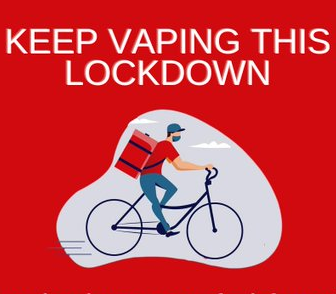Top 5 Best Budget Friendly Vape Kits Under £30
With the cost of living crisis in full swing, finding a reliable, cost effective vape; especially for those who use vaping devices as a means to stay away from traditional smoking, can be a difficult task. That’s why we’ve put together a list of our … Read more 29th Feb 2024
29th Feb 2024
Government Considering New Vape Tax: What We Know So Far
This week it’s been announced that the UK government is considering implementing a new vaping tax on all vaping products, including disposable vapes, in a bid to reduce the accessibility of vaping amongst young people across the country. Here’s what … Read moreHealth and Vaping In The UK 2022
… 12th May 2020
12th May 2020
Start Vaping - What You Need To Know
First of all, congratulations if you have reached the point where you are ready to give up cigarettes and start vaping instead. Your health and your wealth will thank you for it. We look at what you need about vaping and what kit you need and offer a … Read more 30th Apr 2020
30th Apr 2020
Open For Business & Why That is Important News
With so many new rules around what you can do, what you can buy and what shops and services are still open for business, it can hard to keep track. Online vaping businesses such as ours are most definitely open for business and are very busy. This is … Read more 28th Mar 2020
28th Mar 2020

